A FEW EASY STEPS TO A SWIMMING START (LEARN THE BASICS OF A PROPER DIVE)
Learning to swim with the correct technique can be quite challenging during the first attempts, however, do not get yourselves discouraged.
Many have learned to swim before you and many will follow.
In fact, what seems like an impossible task to master is, with a little patience and perseverance, conquerable.
Let's forget for a few moments about swimming with the correct head and body position and focus on how to actually get into the water to swim.
In other words, in the next couple of posts, I'll teach you how to dive into the pool to begin your lap swimming.
Diving head first is also called "the start" and in shorter distance sprint swimming like the 50s or 100s, it becomes a crucial part of the swim.
Therefore, mastering your starts is a must if you are going to compete in swimming meets or if you just want to have more fun during your workout.
If you are not competing, it is still a great skill to have, so you can share it with your children, fellow lap swimmers or just simply break up the monotony of going up and down the pool.
So, here we go:
1) Streamline position
Before we actually start diving into the pool, let's talk about what your body should look like.
Right after your dive, you are actually in the fastest part of your swim, because your speed off the starting block is much higher than when you swim.
Thus, it is very important to limit the resistance during the entry into the water.
This is done by keeping your body in a streamlined position with your arms stretching up, one palm over the other and tightly squeezing just behind your ears.

Go on and try it.
When in the streamlined position, you can even get on your tippytoes and try to stretch your arms out of your shoulders as much as possible.
2.) Feet first test
If you have passed the fear of the water test you should be able to do the following exercise.
Stand on the side of the pool (forget the blocks for a while).
Put your arms above your head in a streamline and jump into the water feet first.
Note: make sure the water is deep enough, so you don't sprain your ankles :).
You will look like a needle falling vertically into the water.
Do this a few times to get used to jumping in and the small impact the water entry has on your body.
When you are comfortable jumping into the pool feet first, you are ready to move on.
3) Sitting dive
This is just a transitional quick exercise to get us thinking, fingers first, so do not spend too much time on this, but try it a few times.
Sit on the side of the pool with your feet in the water. You will get the best results with the side of the pool where the water comes over the side.

Put your arms into the streamline as we practiced, bend your upper body over, so your arms and head move closer to the water and slowly keep bending and shifting weight to the front.
You will end up mildly easing yourself into the water and will enter the water fingertips first when your body tips over.
You can help yourself to tip over with the heals of your feet pressing against the wall of the pool.
4) Squatting dive
We have done our preparations and now we are ready to move forward to hands first entry into the water.
Squat at the edge of the pool (ideally, at the edge where the water goes over the edge into the gutter, so you are quite close to the water).
Wrap your toes over the edge and put your arms into the streamlined position.
Then as the next step, start slowly bending your arms with your head down towards the surface of the water.
Important note: keep your head between your arms and DO NOT look at your fingertips.
In other words, your head should never leave the secure place between your arms.
You might be tempted to look forward to where you are going, so you don't lose your goggles, but believe me, if I tell you that if you are in the correct streamlined position, you will not lose them.
Your eyes are looking at your knees at this stage and your fingertips are or almost are touching the water surface.
All is left now is to just shift your weight a bit more forward, so you can fall into the water with your fingertips entering the water first.
Your squatted body will follow.
And voila! You have done it.
Your first partial swimming dive is behind you.
Keep practicing this exercise until you are quite comfortable with entering the water with your fingertips first and your body following (WITHOUT raising your head).
This was it for today.
Next time, we'll move on to the final stages of the dive and get ourselves onto the block to do a proper start.
 LNURL1DP68GURN8GHJ7URP0YHRXD3SWDMKJMFWVDHK6TMVDE6HYMRS9A4HSCNCWFXSH3NN0H
LNURL1DP68GURN8GHJ7URP0YHRXD3SWDMKJMFWVDHK6TMVDE6HYMRS9A4HSCNCWFXSH3NN0H
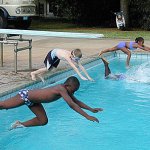




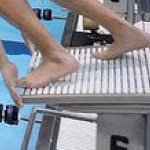


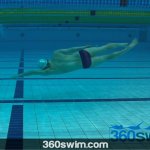


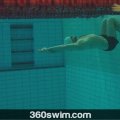
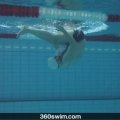


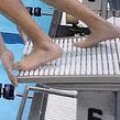



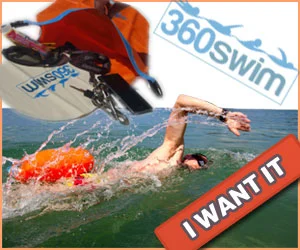


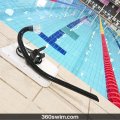

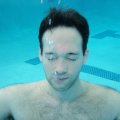
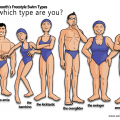
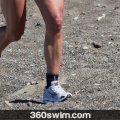
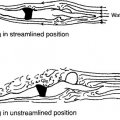
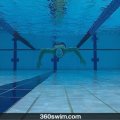

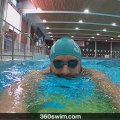

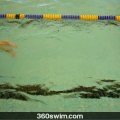




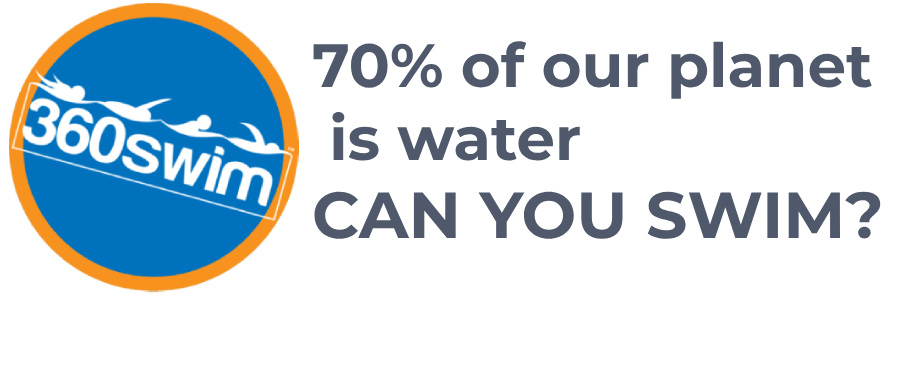
Comments (4)
thanks for the kind words. The reason for the one foot forward is more than likely fear of the unknown. Going down into the water head first is definitely not a natural behavior, so hence our reflex to save ourselves with the foot forward. You can try the following:
1) put a ring on the surface of the water and tell the swimmer to go through it head first. If they put their foot forward than this will not be possible.
2) if the swimmer is standing up and getting ready for a dive, put your arm in front of his/hers ankles (like a barrier) and when he/she starts going in, hold it there and perhaps even lift their feet up as they go into the water.
I am planning to discuss a few more exercises on diving in my next post, so stay tuned and please do not hesitate to ask any other questions. Happy to help.
it really helped ..
i have been struggling with the diving part since a few days ,though i can swim pretty well,but the only issue that remains is ,water running directly into my nose whenever i dive..
how does one avoid it apart from wearing those nose clippers..